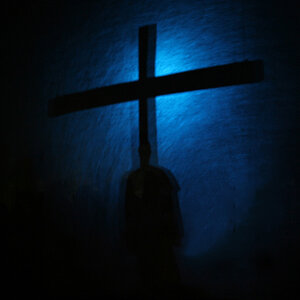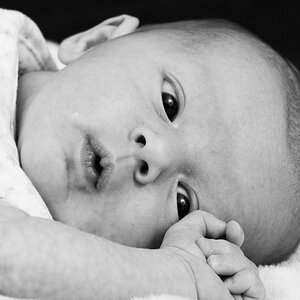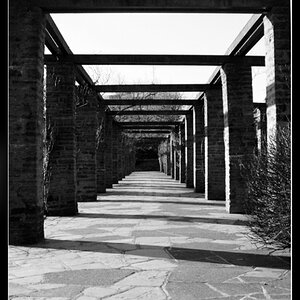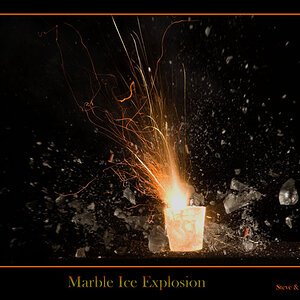ZapoTeX
TPF Noob!
- Joined
- Jul 16, 2011
- Messages
- 203
- Reaction score
- 12
- Location
- Milan, Italy
- Can others edit my Photos
- Photos OK to edit
When I have time to look for the right setting, I use manual. However, when I have a flash on camera and another one in my left hand and I take photos of people at parties or similar, I do like TTL.
OK, so, on the surface it is fairly easy: flash in my left hand TTL, no comp. Flash on camera TTL, -1.3 EV. I'm reasonably satisfied with the results: the off-camera flash gives a nice 3D look, while the relatively strong on-camera fill makes the lighting pleasantly even. And I have two little dots in the subjects' eyes as catchlights.
But I want to UNDERSTAND WHAT'S UNDERNEATH.
Here's how I understand Nikon's iTTL with one flash:
1) The speedlight shoots out a little pre-flash
2) Camera measures the light that is sent back from the subject through the lens and decides power of the actual flash
3) Shutter opens, the speedlight shoots out as much power as needed, as per calculation in step 2
What if there 2 or more speedlights? What I don't understand is:
1) Are there actually multiple pre-flashes? And separate calculations for each speedlights? Or just one pre-flash and then estimates? Do estimates account for different positions of the speedlights vs. the subjects?
2) What if one of the two speedlights is not powerful enough to deliver the power needed? For example: at ISO 200 and F/8, my Metz in my left hand can very well light up the scene. However, if the on camera flash is simply the pop-up, it might not be able to deliver even at -1.3 EV. What happens then? Are both flashes proportionally powered down so that the -1.3 EV ratio is respected? Or is the off-camera speedlight fired at 0 EV and the pop-up fired at, for example, -2 or -3 EV?
It drives me nuts that I don't know how it works, even if what I'm getting is acceptable. I googled for it, but it does not seem to be a common topic.
Ciao & thanks a lot!
OK, so, on the surface it is fairly easy: flash in my left hand TTL, no comp. Flash on camera TTL, -1.3 EV. I'm reasonably satisfied with the results: the off-camera flash gives a nice 3D look, while the relatively strong on-camera fill makes the lighting pleasantly even. And I have two little dots in the subjects' eyes as catchlights.
But I want to UNDERSTAND WHAT'S UNDERNEATH.
Here's how I understand Nikon's iTTL with one flash:
1) The speedlight shoots out a little pre-flash
2) Camera measures the light that is sent back from the subject through the lens and decides power of the actual flash
3) Shutter opens, the speedlight shoots out as much power as needed, as per calculation in step 2
What if there 2 or more speedlights? What I don't understand is:
1) Are there actually multiple pre-flashes? And separate calculations for each speedlights? Or just one pre-flash and then estimates? Do estimates account for different positions of the speedlights vs. the subjects?
2) What if one of the two speedlights is not powerful enough to deliver the power needed? For example: at ISO 200 and F/8, my Metz in my left hand can very well light up the scene. However, if the on camera flash is simply the pop-up, it might not be able to deliver even at -1.3 EV. What happens then? Are both flashes proportionally powered down so that the -1.3 EV ratio is respected? Or is the off-camera speedlight fired at 0 EV and the pop-up fired at, for example, -2 or -3 EV?
It drives me nuts that I don't know how it works, even if what I'm getting is acceptable. I googled for it, but it does not seem to be a common topic.
Ciao & thanks a lot!


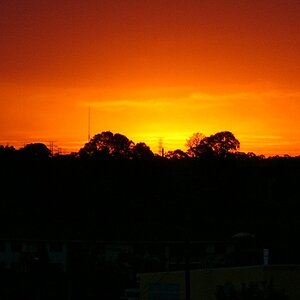
![[No title]](/data/xfmg/thumbnail/33/33027-0118cfc4034a37ef267ca6f8aa2fe04a.jpg?1619735841)
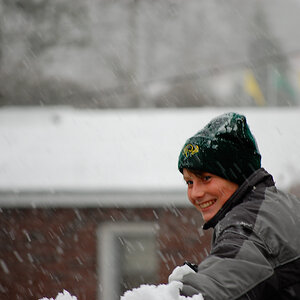
![[No title]](/data/xfmg/thumbnail/38/38730-0f6fd79e998043b63de6b52823a5916a.jpg?1619738702)
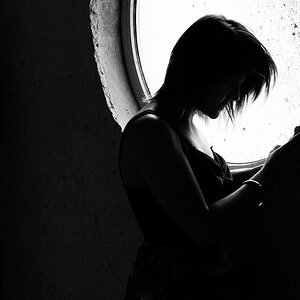
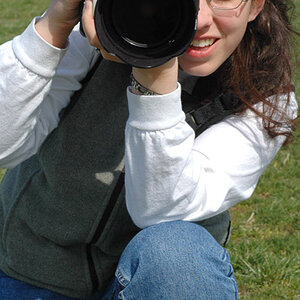
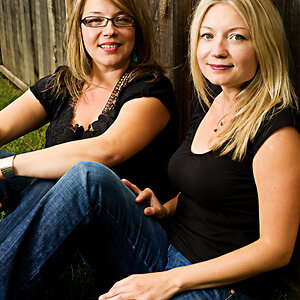
![[No title]](/data/xfmg/thumbnail/33/33025-0e4fc16dd87a477880f7aa74466d4f56.jpg?1619735838)
